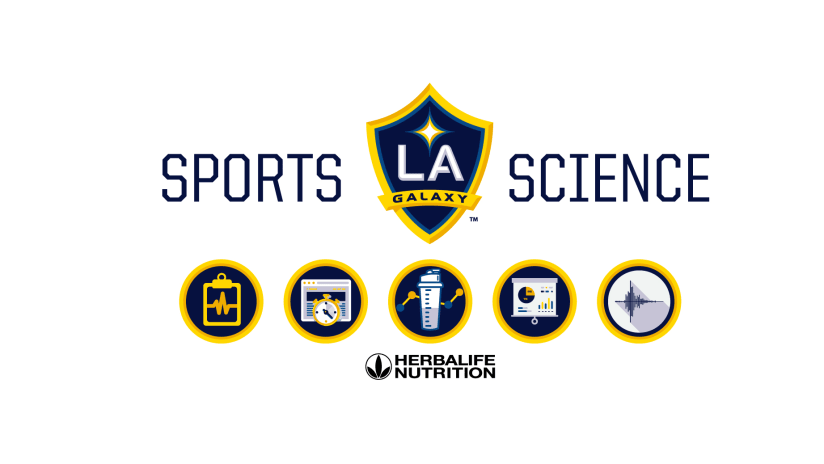Carbohydrates are macronutrients that provide a safe, economical and convenient way to fuel our bodies daily.
The stored form of carbohydrates in the body is known as glycogen and is found in the liver and muscle, whilst glucose is the form found in the blood, often referred to as blood sugar. Glucose can be used almost universally throughout the human body as a source of fuel. It is often stated that athletes should consume between 45-65% of their daily calorie intake from carbohydrate sources.
Despite a lot of negative stigma towards carbohydrates in the media, I will explain why carbohydrates are essential to fueling the human body and provide your muscles and brain the energy to function.
Although carbohydrates are not essential for survival, they are our body’s preferred fuel source, especially during high intensity exercise where carbs are used as a fuel source. For an athlete, carbohydrates are extremely important to fuel performance, prevent fatigue during competition, maintain power output and hasten recovery afterwards.
Carbohydrates come in both solid and fluid form and we can differentiate them into two main groups: complex carbohydrates and simple carbohydrates.
Complex carbohydrates are found in grains, potatoes, vegetables and legumes. These type of foods are high in carbohydrates known as starch and fiber. Complex carbs are usually low glycemic index foods.
Simple carbohydrates are found in energy drinks, sports drinks, carb gels, sodas, chocolates, table sugar and candy. These types of carbohydrates do not need to be digested and the sugar is made available to the brain and blood stream almost immediately. These types of foods usually have a high glycemic index.
It’s important to note that complex or low glycemic index doesn’t necessarily mean good and simple or high glycemic index doesn’t mean bad, although it will be safe to say complex and low glycemic index is better the majority of the time.
I encourage my players to choose low glycemic index complex carbohydrates at every meal. These foods include quinoa, sweet potato, potatoes, whole wheat pasta, brown rice, wild rice, and on the odd occasion mid glycemic index whole wheat pita (with a side of hummus).
Low glycemic index foods are not only high in starch, but they are also high in fiber. These provide the benefit of slowing the release of sugars into the blood stream. As a result there is a smaller spike in blood sugar, resulting in a more stable release of energy throughout the day.
When consuming high glycemic index foods such as sodas, candy and chocolate, there is a rapid spike in blood sugar. As the cliché goes, what goes up, must come down. Unless sugar consumption is sustained shortly afterwards there is a rapid drop in blood sugar. This is associated with symptoms of tiredness, fatigue, feeling lethargic and a general lack of vigor.
As explained earlier, simple carbohydrates are rapidly absorbed, so although complex carbohydrates are important to fuel an athlete’s muscle and liver stores the day before a game and at the pre-match meal, simple sugars in the form of sports drinks and carb gels are preferred during the warm up, during breaks in play, and at half time.
With the LA Galaxy, we ensure our players consume enough carbohydrates by providing at least two complex carbohydrate options at every meal and three options the day before a game, the day of a game, and the day after a game.
In addition, we add additional carbohydrates to their post-recovery shakes on a match day, whilst ensuring there are ample sources of complex and simple carbohydrates in the locker room, usually in the form of fruit, granola bars, energy bars, and carbohydrate sports drinks.
So why is there a stigma towards carbohydrates in the media? The answer is elite athletes make up less than 1% of our population.
The ultimate goal for an athlete is not to have low body fat percentage or to have big bulging biceps, but to perform week in, week out and recover effectively, for the entity of a season.
Actually, elite athletes who train and compete 5 to 6 times a week typically don’t consume sufficient amount of carbohydrates in their daily diet, whilst non-athletes are likely to consume too much, and often consume too much high glycemic index choices such as bread, white pasta, and breakfast cereals.
Simply put, carbs are necessary, especially if you’re an athlete.
One must recognize that carbohydrate intake is dependent on your body mass, your level of physical activity, and the intensity and duration of that activity, and how quickly you need to recover. Simple doesn’t mean bad and complex doesn’t means good. There is a time and a place for each.
Although low glycemic index foods are preferred the majority of the time, both low and high glycemic index foods can be beneficial to performance and recovery.
Feel free to tweet me at @alexsavva19 with #AskAlex with any of your questions.
Yours hydrated,
Alex Savva





